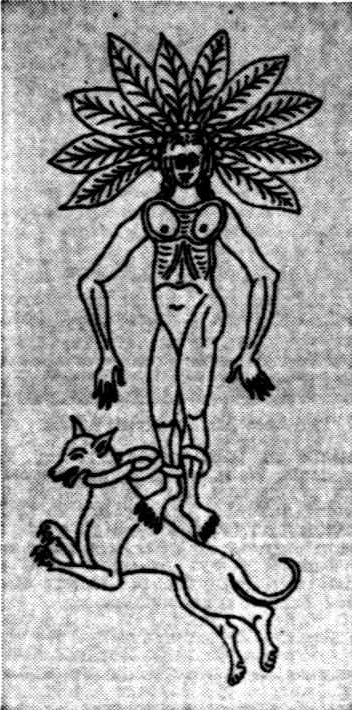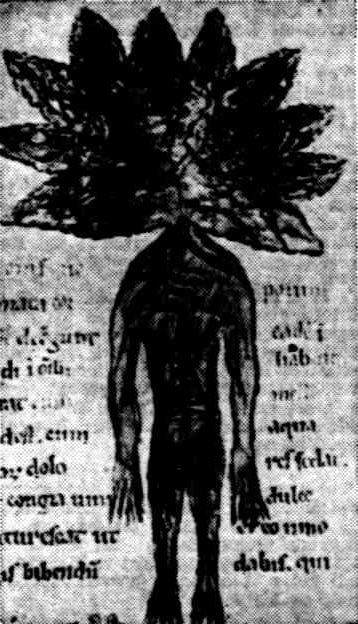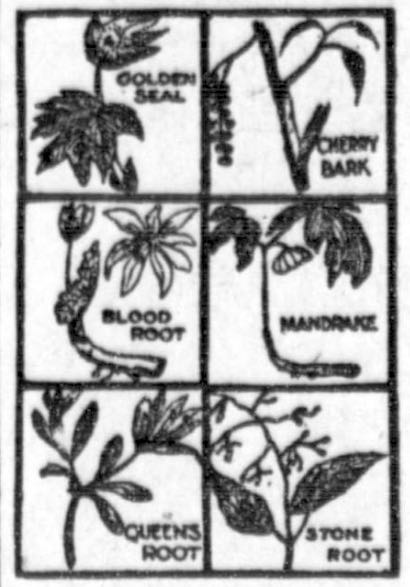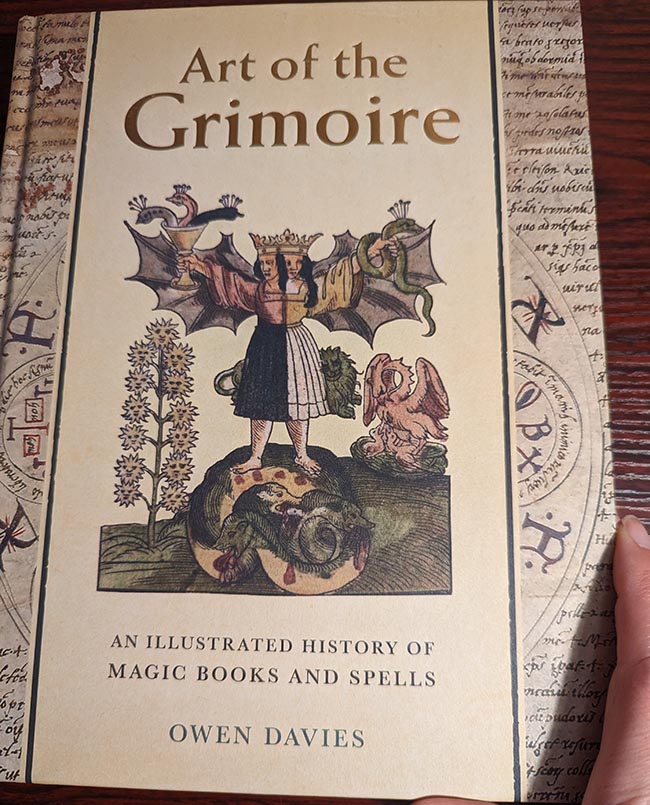
The mandrake root (Mandragora officinarum) has long been steeped in the occult and medieval lore. It was often believed to be an evil root because the root sometimes took on the likeness of man. The Harry Potter novels seemingly brought the mandrake root out of obscurity, but it turns out the hunt for the root has never died out. In fact, many people grow mandrakes on the outskirts of their gardens as ornamental plants and there are still some people who sell them for a pretty penny.

Death and Madness
One of the most popular superstitions about the mandrake root is that the root lets out a shriek when yanked out of the ground. According to the lore, whoever pulled the mandrake root out of the ground would die instantly. Those who heard the shrieks would go insane. This ancient belief was captured in Shakespeare’s Romeo and Juliet:
And shrieks like mandrakes torn out of the earth,
That living mortals, hearing them, run mad.
In occult lore, the only way to harvest the root was to stop up your ears with rags or wax and, with a rope tied around a black dog and around the base of the plant, have the dog yank the root from the earth. This way, the dog would be the one cursed with death and the occultist would be free from madness. [SOURCE 1]
Three Circles Drawn Round
Another method for harvesting mandrake included the drawing of circles. Among the ancient Anglo-Saxons who wished to harvest the root, a circle had to be drawn in the dirt around the plant using an instrument made of iron.
Among the ancient Romans, three circles had to be drawn in the dirt around the plant before harvesting. The person pulling the root from the ground also had to be certain that the wind was not blowing in his face as he pulled on the root.
Circles have long been a symbol of protection. In the case of the mandrake, the circle was used to contain the evil of the plant so that it would not affect the harvester. [SOURCE 1]

The Gallows Man
The mandrake root has long been associated with the gallows. People observed that the plant sometimes sprung up under the gibbets and it became a part of folklore that the semen from men hung at the gallows seeded the mandrake plant. That final ejaculation of the hanged man fell upon the ground and the mandrake grew from that, giving the mandrake the name of “Gallows Man.”
This bit of lore may have led the mandrake root to be associated with the goddess of love, Venus. Mandrakes were used in both love potions and for love magic since medieval times. [SOURCE 2]
The Crafty Harvesters
The harvesters of the mandrake root knew that there were no dangers to pulling up the root, but the old superstitions did keep any old fool from harvesting the mandrake root. Harvesters also knew that the more humanlike the root was, the more money they could get for it. With that in mind, medieval harvesters would pull up a mandrake root and insert small seeds between the mandrake root’s “legs.” The root would go back into the earth and a few weeks later the harvester would return and dig up the root again. By then the small seeds would have sprouted and would make the mandrake root like like it had pubic hair. These fixed up mandrake roots would go for a higher price than the roots without the “hair.” [SOURCE 3]

Making A Mannikin
Mannikins were little people carved out of mandrake roots. It was believed that if you performed certain rituals over the mandrake root, carved it into the shape of a person, and then put it back into the ground for a certain amount of time, you would have a little servant to do your bidding. Tradition has it that a man must make a female mannikin and a woman must make a male one. The mannikin had to be buried in a special place to bring it to life. Crossroads were magical places as well as graveyards. If you could find a patch of earth where a couple had made love, all the better to give the mannikin the breath of life.
After the allotted time was up, the maker watered the root with a mixture of milk and his own blood. The root was then removed from the earth, wrapped in a cloth, and brought back home where it was washed in an herbal bath.
More rituals followed after the mannikin was brought to the home, eventually making a little creature that would do as you asked of it and protect your home. [SOURCE 2]
Brings Money
Whether or not someone went through the trouble of making a mannikin out of a mandrake root, it was believed by many people throughout Europe that a well cared for mandrake root would bring its owner money. Some people believed that the human-like roots would come alive when no one was looking and fetch gold for the person who cared for them.
If a person wanted to double her money, she would place that money beside the root before going to bed. By the next morning, the mandrake would have snuck out and gotten that same amount of money for its caretaker, thus doubling the owner’s money. [SOURCE 4]

As A Weapon
The mandrake root is a sedative and it is highly poisonous. It was also a weapon of choice for many people throughout history.
The Carthaginians under General Hannibal in around 200 BC infused wine with the root and then left it on the tables for their enemies. The Carthaginians retreated and their enemies entered the city only to find a banquet set out for them, complete with the poisoned wine. The enemies drank the wine and fell asleep. As they slept, Hannibal’s men entered the city once more and killed off their enemies.
Cesare Borgia, the son of Pope Alexander VI and one of Lucrezia Borgia’s brothers, is said to have used mandrake to poison the family’s enemies.
In Romeo and Juliet, Juliet is given a mandrake infused drink to help her fake her death. [SOURCES 5, 6]
Fertility
In the Book of Genesis, the mandrake is mentioned as a cure for infertility. By medieval times, women were still seeking out male mandrake roots to cure them of infertility. Not only did they need an anatomically correct mandrake, but they also had to sleep with the root under their pillow each night so that they might conceive. [SOURCE 7]
Having One Could Get You Killed
The Church, of course, did not approve of the use of mandrake roots to bring about money, fertility, or any form of happiness. To put a stop to the nonsense, the Church decided to murder anyone with a mandrake root in their possession.
It is believed that Joan of Arc had a mandrake root on her person and that it helped push through the cry for her execution.
In 1630 the Church strung up three women in Hamburg for having mandrake roots. In France, a woman was hung for the same offense.
People became scared and wanted to get rid of their mandrake roots. As lore has it, some people tried to bury their mandrake roots away from their homes. A few days later, the mandrake roots would return. [SOURCES 7, 8]

They Remain Costly
If you want to grow your own mandrake roots, be prepared. A package of 13 seeds goes for about $15 US with no guarantee that the seeds will germinate. After that, it takes about two years for the plant to mature and set fruit. Then it is a matter of waiting about two more years to grow the large taproot.
If you are not that patient, you can search online to buy fresh European mandrake roots. These roots cost a few hundred dollars a piece and most of them don’t look like a person. However, they do sell off quickly.
Growing and selling fresh mandrake roots is a good business to get into as long as you don’t need the money right away. [SOURCES 9, 10, 11]


